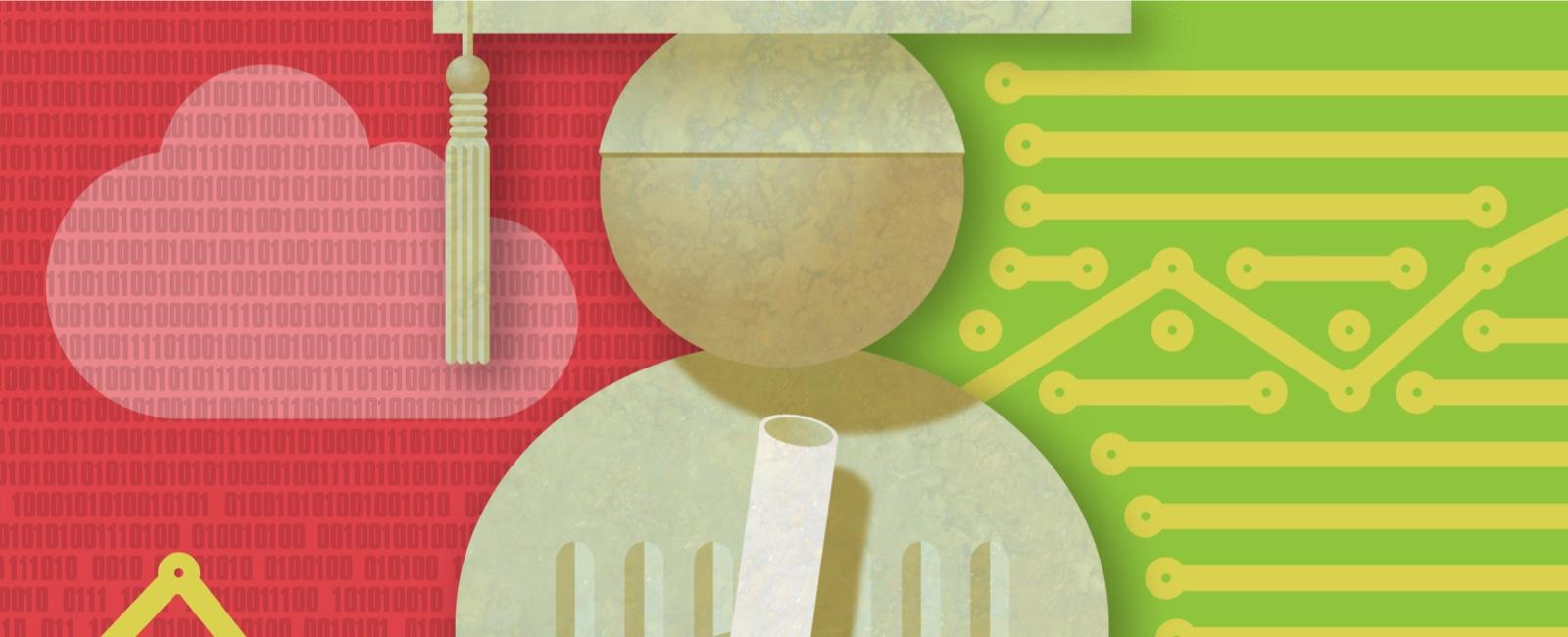Future-Proof Education: Essential Strategies for preparing Students for Tomorrow’s Jobs
As technology evolves and industries transform, today’s educators face the urgent challenge of preparing students for a future that is largely uncertain. In a world where automation, artificial intelligence, and digitalization continuously reshape the job market, embracing future-proof education strategies is crucial. This comprehensive guide explores the essential strategies every school, teacher, and parent should know to equip students with the skills and mindset they need to secure rewarding careers in tomorrow’s workforce.
Why Is Future-Proof Education Vital?
The future of work will look drastically different from what we know today. According to the World Economic Forum, 65% of children entering primary school now will end up working in jobs that don’t yet exist. To ensure education remains relevant, it’s vital to anticipate market trends and cultivate adaptable, tech-savvy individuals who excel in continuous learning and problem-solving.
- Rapid technological advancements require agile learning strategies
- Jobs of tomorrow demand new skills and mindsets
- Globalization increases competition and prospect
- Sustainable and digital skills are no longer optional
Key Skills for Future Job Markets
- Digital literacy and STEM skills
- Critical thinking & problem solving
- Collaboration and communication
- Emotional intelligence & adaptability
- Entrepreneurial and creative thinking
- Continuous learning & self-management
Essential Strategies for Future-Proof Education
1. Integrating Technology in the Classroom
EdTech tools like interactive whiteboards, coding platforms, virtual reality, and AI-powered tutors are revolutionizing learning.By embedding technology early on, students become pleasant and proficient with the digital tools dominating modern workplaces.
2. Emphasizing STEM and STEAM Education
Science, Technology, Engineering, Arts, and Mathematics (STEAM) education opens doors to innovative thinking and diverse career paths.Encouraging students to pursue interdisciplinary projects fosters analytical skills and creativity, both highly sought-after in future jobs.
3. Fostering Soft Skills and Social-Emotional Learning (SEL)
employers increasingly value soft skills like empathy, leadership, resilience, and adaptability. Incorporating SEL in curricula prepares students to navigate complex workplace dynamics and embrace lifelong learning.
4. Personalizing learning Pathways
The “one-size-fits-all” approach no longer fits the needs of a diverse student body. Personalized learning uses data-driven insights to tailor education experiences, allowing students to explore their passions, strengths, and preferred learning styles.
- Flexible curriculums and assessments
- Project-based learning
- Student-driven elective choices
5. Building Global Competence
Tomorrow’s jobs are borderless. Students must gain global competence by understanding different cultures, collaborating cross-culturally, and engaging in international projects or exchange programs.
6. Encouraging Lifelong Learning and Adaptability
As careers shift and evolve, the ability to learn, unlearn, and relearn becomes essential. instilling a growth mindset prepares students to thrive in industries that are continuously reinvented.
Benefits of Future-Proof Education
- Enhanced employability: students are ready for jobs that require digital and interpersonal skills
- Increased creativity: Exposure to cutting-edge technology fosters innovation
- Global readiness: International competence and language skills are prized in the modern workforce
- Resilience and adaptability: Students learn to thrive amidst rapid change
- Continuous personal development: A foundation for lifelong learning and growth
Case Studies: Schools Leading Future-Proof Education
In 2016, Finland restructured its education system around “phenomenon-based learning,” emphasizing real-world problem-solving, technology integration, and student autonomy.Results show higher levels of innovation and adaptability among Finnish graduates.
Singapore schools offer hands-on STEM masterclasses and partnerships with tech companies, bridging the gap between academic concepts and workforce demands.Students develop strong technical skills and workplace confidence.
Stanford’s D.School empowers students to tackle challenges using creative problem-solving and collaboration, skills vital for thriving in unpredictable, tech-driven careers.
First-Hand Experiences from Educators
“Integrating real-world projects has made a huge difference. My students approach learning with more curiosity and see direct connections to future careers.They’re not just memorizing facts—they’re learning how to solve problems that matter.”
– Emily Chen, STEM Teacher, California
”Teaching soft skills alongside core subjects helps my students become better communicators and team players.It gives them the confidence to adapt to any career path they might choose.”
– Mark Stevens, Middle School Principal
Practical Tips for Educators and Parents
- Encourage participation in online coding bootcamps and tech competitions
- Introduce project-based and experiential learning activities at home and in school
- Promote reading on emerging technology, innovation, and global trends
- Support emotional resilience through mindfulness and self-reflection practices
- Create mentorship and internship opportunities with local companies
- Connect students to diverse cultures through virtual exchanges and language learning
Conclusion: Preparing for Tomorrow Starts Today
The landscape of education is evolving at an unprecedented pace, and the imperative to future-proof our students is greater than ever. By embracing innovative teaching methods, promoting 21st-century skills, and fostering adaptable, lifelong learners, educators and parents can ensure the next generation excels in the dynamic job market of tomorrow. Future-proof education isn’t just about technology—it’s about cultivating a mindset ready for anything. The journey to preparing students for future jobs starts now—let’s equip them to lead, create, and thrive in a world rich with opportunity.
Ready to implement future-proof education strategies in your school or home? Stay tuned for our upcoming resources and expert guides!

